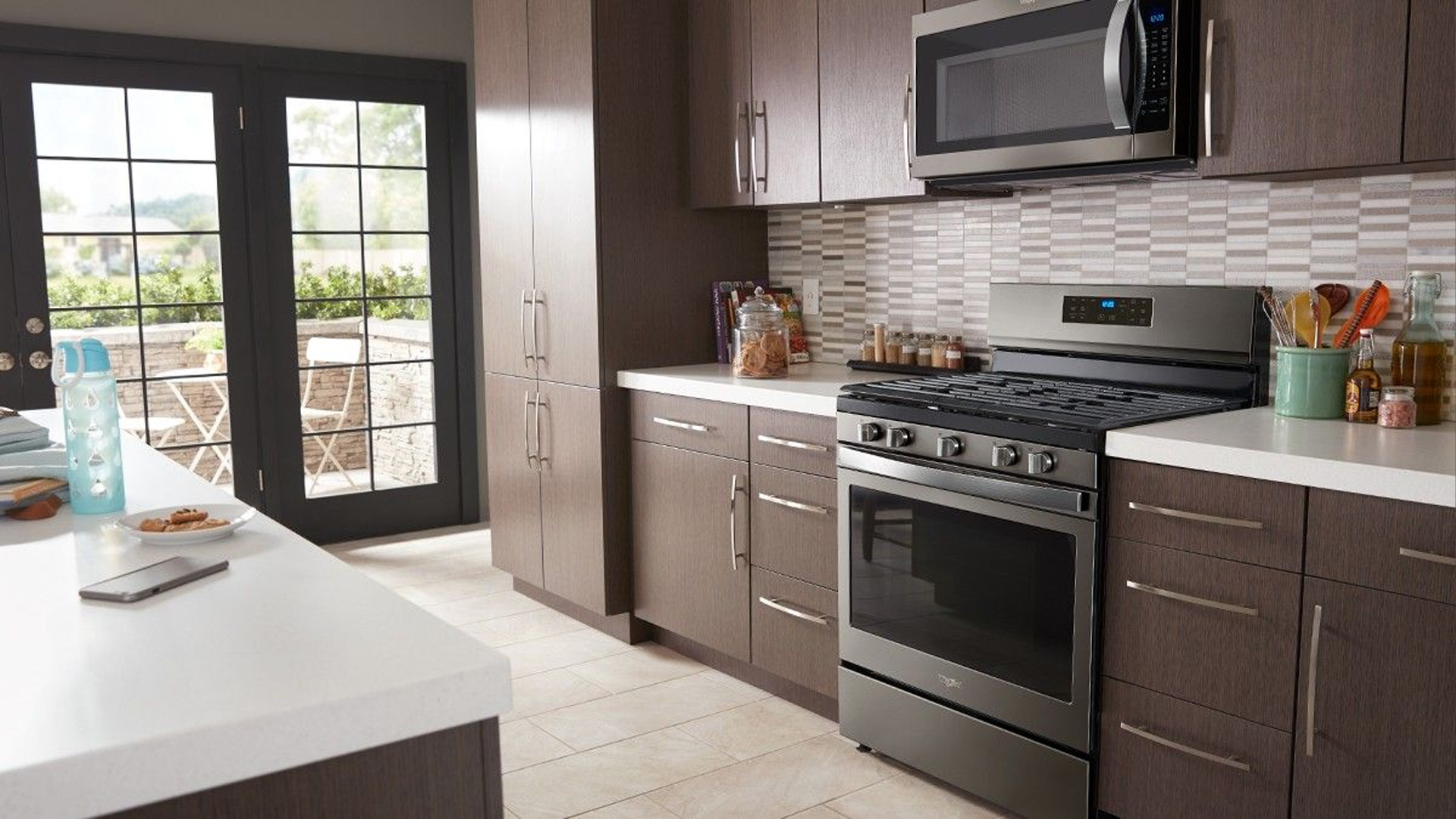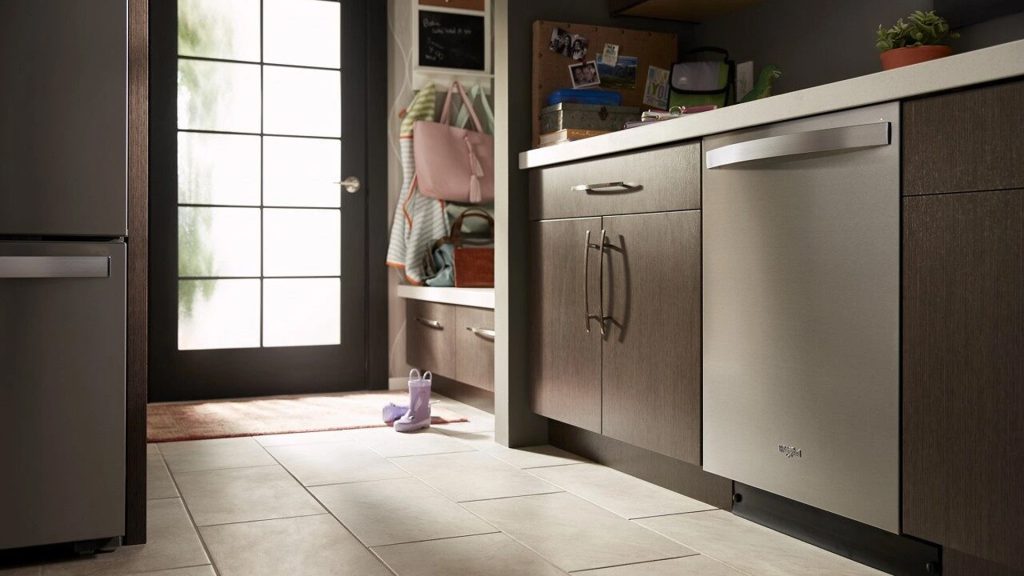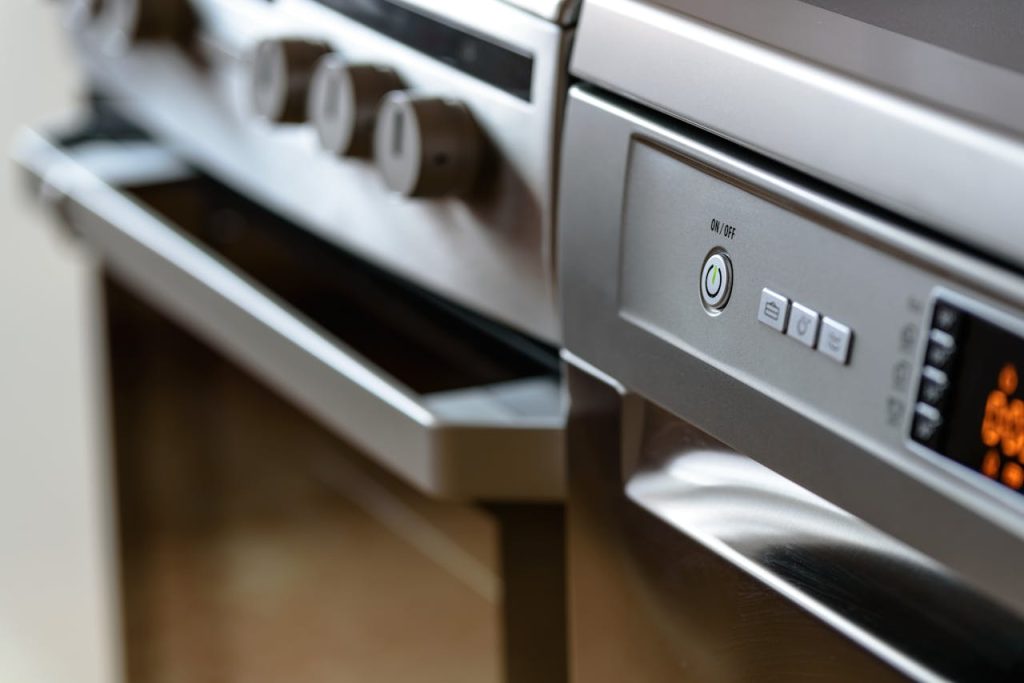Your oven and range are essential for cooking delicious meals, but when they stop working properly, it can be a real hassle. Fortunately, many common oven and stove issues can be fixed without calling a technician. Here are some troubleshooting tips to help you get your appliance back in working order.
Common Oven & Range Problems and How to Fix Them
1. Oven Not Heating Properly
If your oven isn’t reaching the right temperature, consider these potential causes:
Faulty heating element: If your electric oven isn’t heating, check if the heating element is glowing red. If not, it may need to be replaced.
Broken igniter: For gas ovens, listen for a clicking sound. If you don’t hear it, the igniter may need replacement.
Temperature sensor issues: A malfunctioning temperature sensor can cause incorrect heating. Make sure it’s not touching the oven wall and test it with a multimeter for accuracy.
2. Range Burners Not Working
If your stove burners won’t heat up, try these fixes:
For electric burners: Swap the non-working burner with a working one. If the new burner works in the same spot, the issue is with the burner itself and it needs to be replaced.
For gas burners: Clean out the burner ports with a needle to remove debris that may be blocking the gas flow. Make sure the burner cap is positioned correctly.
3. Oven Not Baking Evenly
Uneven baking can lead to burnt edges and undercooked centers. Here’s what to check:
Calibrate your oven temperature: Use an oven thermometer to check if the internal temperature matches the setting. If not, you may need to adjust the temperature settings.
Check the convection fan: If your oven has convection settings but food isn’t baking evenly, the fan may not be working properly.
Position the racks correctly: Keep food in the center of the oven and avoid overcrowding to allow proper airflow.
4. Oven Door Won’t Close Properly
A loose or misaligned door can cause heat loss, affecting cooking performance. Try these solutions:
Inspect the door hinges for wear and replace them if needed.
Check the door seal (gasket) for cracks or damage, as a worn-out seal can let heat escape.
If the door latch is broken, it may need to be replaced.
5. Oven or Range Making Strange Noises
Ovens and ranges should be relatively quiet. If you hear unusual noises:
A rattling or banging sound may indicate a loose panel or rack.
A buzzing sound in an electric oven might be a faulty relay switch.
A whining or humming noise could mean a fan motor is wearing out.
6. Self-Cleaning Function Not Working
If your oven’s self-cleaning feature isn’t working, check:
Whether the door is locking properly, as self-cleaning cycles won’t start if the lock is faulty.
If a previous cycle was interrupted, try resetting the oven by unplugging it for a few minutes.
The temperature sensor, as a malfunctioning sensor can prevent the self-cleaning process.
When to Call a Professional
While many issues can be fixed with DIY troubleshooting, some repairs require expert attention. Contact a professional if you’re dealing with:
Gas leaks – If you smell gas, turn off the supply immediately and call a technician.
Electrical issues – If your oven is tripping the circuit breaker, there may be a wiring problem.
Broken control panels or touchpads – These require specialized repairs that are best handled by professionals.
Maintenance Tips to Prevent Future Issues
To keep your oven and range in top condition:
Clean the oven regularly to prevent grease and food buildup.
Check and replace burner elements when they show signs of wear.
Inspect gas connections periodically for leaks or damage.
Avoid using excessive force on oven doors and knobs to prevent premature wear.
Conclusion
A malfunctioning oven or range doesn’t always mean it’s time for a replacement. By troubleshooting common issues and performing routine maintenance, you can extend the life of your appliance and avoid costly repairs. However, always prioritize safety—when in doubt, call a professional.


